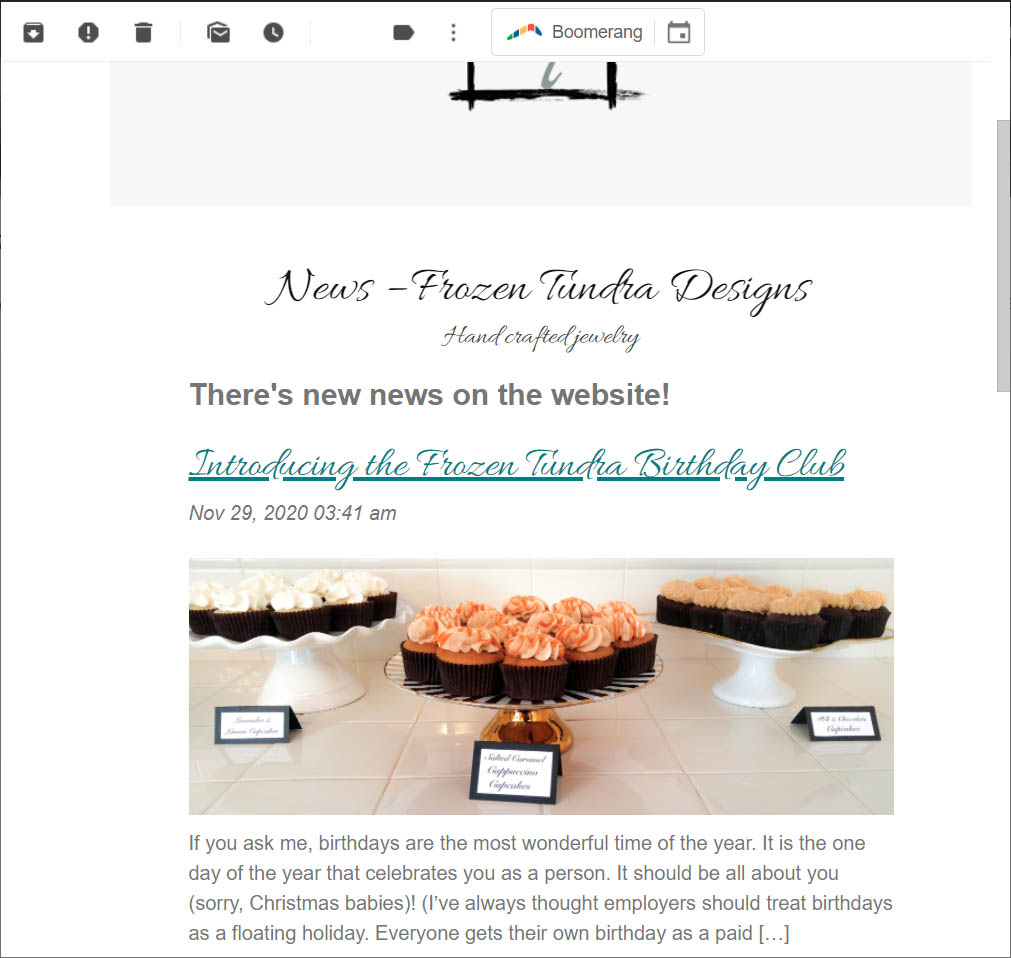Pricing. The least fun part of any maker’s job. I’ve had the pleasure of getting to know other makers and artisans around the world since starting this venture, and the number one issue that repeatedly comes up in chats is the pain around determining appropriate prices for their creations.
There is so much confusion over how to do this “properly”. It doesn’t take long when browsing shops belonging to independent artists and makers to become confused yourself, as a consumer.
I have long been undercharging for my designs. Many makers set their prices too low, for any number of reasons. Ones I’ve seen frequently or even experienced myself include:
- Trying to compete with mass manufactured product sold in by large companies.
- Failing to consider all of the costs involved.
- Failure to fairly compensate for their own labour.
- Undervaluing time and skill invested.
- Belief that lower costs will increase sales.
- Making and selling as a hobby with the desire to just cover costs.
I have been in many of these camps since starting my company three years ago. Jewelry became one of many hobbies after graduate school – when I first decided to sell my creations, it was simply to help recuperate some of the rapidly growing costs associated with the hobby. My distaste for the monetary aspects of running a business encouraged my avoidance of the topic until now.
Starting out as a hobby with little mind to the business aspects was only one issue to which I fell victim. I also have had a difficult time charging for the time and effort placed in creation. It has always been important to me that my jewelry is accessible. I have also focused on wanting to drive up the sales as I am establishing my reputation, building trust with the community.
Also I just don’t like taking money. Makes me a terrible business person, I know. I’m working on that part of it, since I really love doing this and want to continue to be able to do so.
Which brings me to the matter at hand. Over the next few days, the prices of items on the website will be changing. Some will go up a fair bit – specifically designs that take quite a lot of time and effort – while some will go down. The majority will increase only slightly. I am doing this to create consistency and a solid foundation, especially as I’m launching new design series that I hope to continue for the foreseeable future. Accurate pricing calculations also give a better indication of the actual worth of an item.
Because affordability and accessibility are very important to me, I am introducing a flexible pay scale across the site. It will apply to all items as the pricing is updated. Read more on that here.
What goes into pricing calculations?
The main two determiners of cost, are the cost of materials/consumables and the cost of labor associated with the piece. There are a lot of other expenses running a business which need to be factored into the overhead:
- Physical space
- Tools and equipment
- Insurance
- Website-related fees
- Branding (logo, signage, etc)
- Photography equipment and labor
- Editing software subscription
- Purchasing, attending trade shows
- Market fees
- Displays, stands, props
- Marketing and social media presence
- Business cards and promotional material
- Packaging
- Mailing/Shipping materials
- Post office box rental
- Credit card fees
- Point of sale equipment/software
- Accountant fees
- Business license/permit renewal
- Shipping*
*Shipping cost is sometimes factored into product pricing in order to offer “free shipping” to the customer. Note: I use quotes because there is no such thing as free shipping – it has to be accounted for somewhere. If you’re not paying for shipping on an order, it’s been factored into the price of each item.
The benefit of “free shipping” is largely convenience for the customer. As a customer, the price listed is the price you pay. No surprises at the payment portal. There’s also some psychology in play; you can feel like you’re paying less on an order, even though the final cost would be the same. In fact, business owners often need to inflate the shipping cost per item to ensure they’re adequately covered. There’s a benefit to shop owners too – placing a minimum spend amount to be eligible for free shipping entices people to spend more than intended to reach that threshold.
I have chosen not to offer free shipping for a few reasons. I want my price structure to be as transparent as possible, rather than hiding shipping costs within item prices. Since international shipping rates differ significantly depending on destination, I wouldn’t be able to offer free shipping to most international customers – unfairly penalizing them with shipping already integrated into item price. Similarly, customers buying in person would be paying more than necessary. To minimize the inconvenience placed on the customer, I provide flexible shipping options and a reliable shipping calculator on the cart page, prior to checkout.
Honestly, I’m probably missing some expenses in this list, since so many crop up unexpectedly. If you’re a fellow maker and have ones to add to the list, let me know in the comments.
Why support individual makers and artisans?
I was inspired to write this post by hearing so many people pausing at a vendor’s market stall to admire the display but comment that they could make a particular item at home for so much less, or that the items on offer are overpriced. It happens less often at jewelry stands than other handmade categories, since jewelry making tends to be a rarer hobby with fewer people owning the specialized tools and equipment involved. Overhearing it always makes me cringe, though. Yes, you could often make something at home for less if you have the tools and the supplies (which you’re likely going to spend more on as an individual). If you’re skilled, it might even be as good as what’s on offer. But how much time and effort will it take? Remember that you’re paying someone else for their creative vision, time, and experience. You’re also helping them keep their business afloat by contributing to all of the above expenses.
Running a business is massively expensive, both in terms of time and funds. Because of the scale involved, handmade items inherently cost much more than similar mass produced items. This is all aside from the fact that local makers are likely to have a much higher cost of living compared to many places in the world, so their labor costs more. Supporting local makers and artisans is pricey compared to buying mass produced items from large corporations, but you’re getting something unique and higher quality, while simultaneously supporting the vibrant, diverse community you live in.





0 Comments